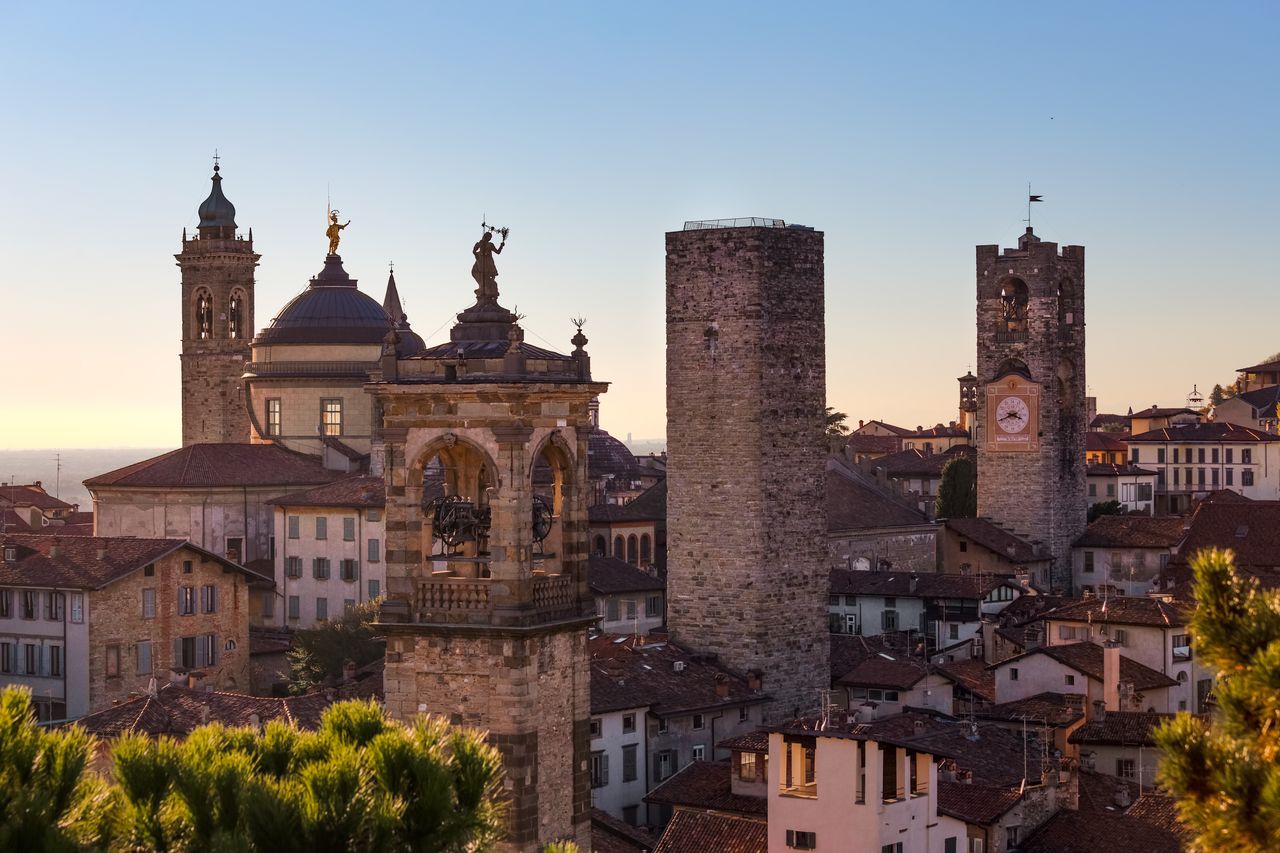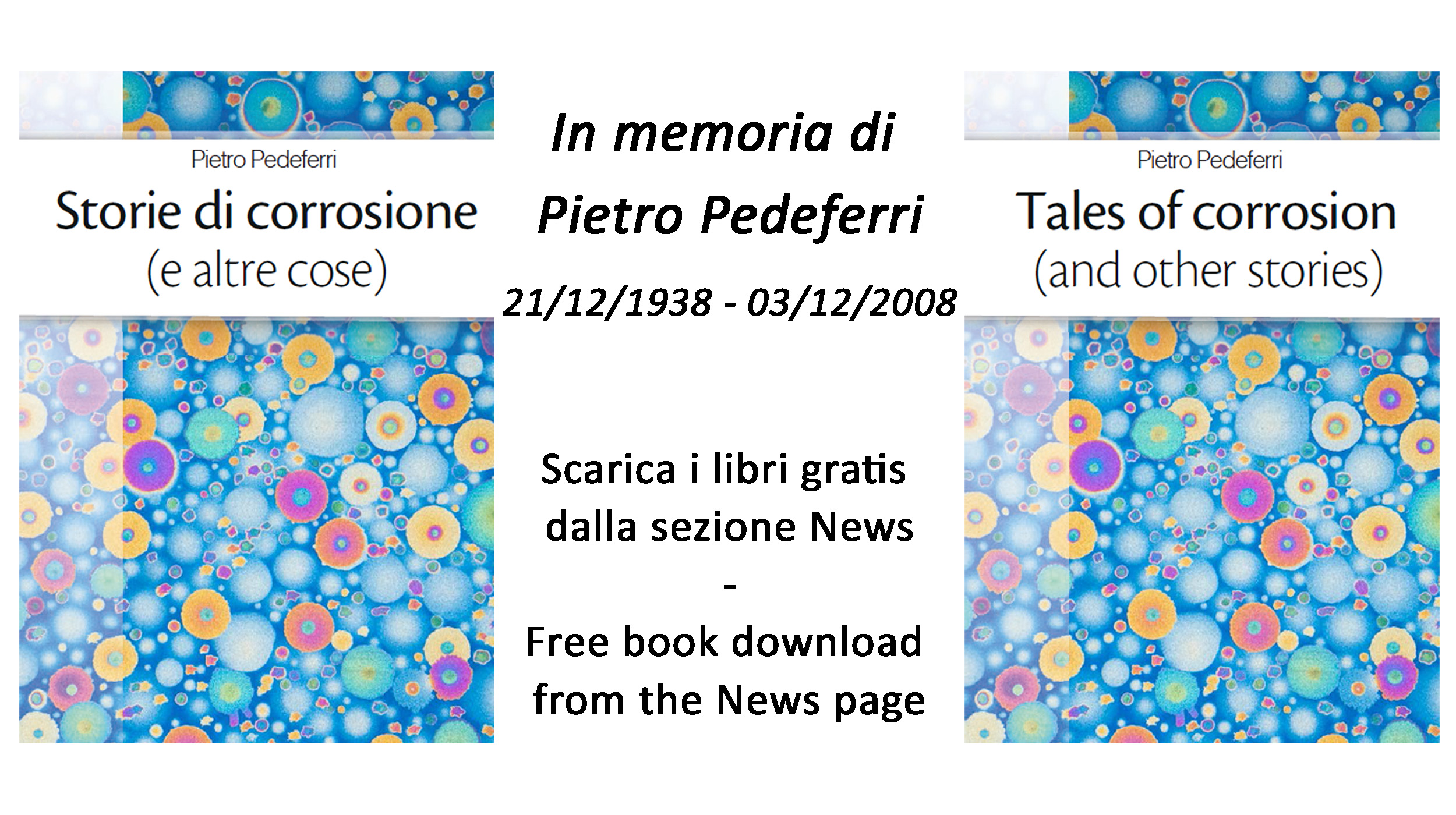.jpg)
CORROSION BEHAVIOUR OF STEEL IN SUSTAINABLE CONCRETE MADE WITH RECYCLED ASPHALT PAVEMENT AGGREGATES (RAP)
COMPORTAMENTO ALLA CORROSIONE DI ARMATURE IN CALCESTRUZZI SOSTENIBILI REALIZZATI CON AGGREGATI RICICLATI DI ASFALTO DA PAVIMENTAZIONE (RAP)
in STRUCTURAL MAGAZINE 256QUI IL SOMMARIO-CONTENTS HERE


ISPEZIONE E MONITORAGGIO DELLA CORROSIONE NELLE STRUTTURE IN CALCESTRUZZO ARMATO -1
29 gennaio 2026 ORE 14.00 – 18.00
corso online con test finale di apprendimentoATE - Associazione Tecnologi per l'Edilizia
per la serie di CORSI DI FORMAZIONE
ATE – mCD “La durabilità del calcestruzzo”

ISPEZIONE E MONITORAGGIO DELLA CORROSIONE NELLE STRUTTURE IN CALCESTRUZZO ARMATO - 2
5 febbraio 2026 ORE 14.00 – 18.00
corso online con test finale di apprendimentoATE - Associazione Tecnologi per l'Edilizia
per la serie di CORSI DI FORMAZIONE
ATE – mCD “La durabilità del calcestruzzo”

COSTRUZIONI IN CALCESTRUZZO ARMATO E PRECOMPRESSO: OPPORTUNITÀ E NUOVE SFIDE
Università degli studi di Bergamo 24 - 26 Giugno 2026
AICAP e CTE: insieme due associazioni con una tradizione di cultura tecnica al servizio dell’ingegneria per le strutture in CA e CAP e per l’industrializzazione edilizia. In totale contiamo su 125 anni di esperienza nel settore.Scarica il programma

Storie di corrosione (e altre cose)
Quindici anni fa, il 3 dicembre, ci lasciava Pietro Pedeferri, figura di riferimento fondamentale per la scienza e l’ingegneria della corrosione a livello internazionale.
Il gruppo di ricerca PoliLapp, dedicato alla sua memoria, ha raccolto alcuni suoi scritti divulgativi nel volume “Storie di corrosione (e altre cose)”.
Questo testo è disponibile per il download sul sito di PoliLaPP, anche nella versione inglese.
https://polilapp.chem.polimi.it/news/
Il volume è una raccolta di alcune delle pubblicazioni, le Storie di corrosione, scritte da Pietro Pedeferri nel corso della sua vita.
In queste letture la corrosione è il fil rouge che lega la sua attività di scienziato e ingegnere, a quella di docente e artista.
Nelle letture sono infatti narrati episodi della sua vita, esperienze legate alla sua professione di professore universitario e di esperto di problematiche di durabilità dei materiali metallici, e alla sua vita di artista del titanio.

.jpg)